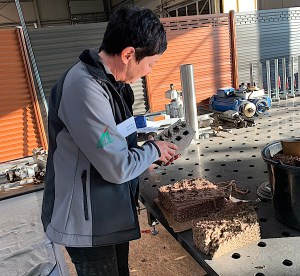Being able to visit Aschersleben, the oldest city in the eastern German federal state of Saxony, to take part in the second instalment of the Aschersleben Architecture Day, was a pleasant experience.
Although the town has lost around half its residents in recent years – around 20,000 people live in Aschersleben, down from roughly 40,000 – the city has a rich cultural life as well as a number of active companies. I was able to get to know some of them, among them Novo-Tech. Company representative Holger Sasse introduced an exciting new product called Megawood. The innovation has enabled his company to develop a leadership in the German and European markets.
NO DOWNCYCLING
Megawood is a tough material, which can for instance be used for patio floors or as fence elements. It consists of a blend of natural fibres and artificial materials. Up to 75 per cent are wood, with the remaining 25 per cent being polymers and additives.

Holger Sasse, who also served as the host of the Aschersleben Architecture Day, managed to draw an interesting crowd into his plant with an attractive program. In addition to three lectures, among them a talk by the architect Professor Arno Lederer, there was also a personal tour given by the painter Neo Rauch through his current exhibition in his graphic arts foundation. He curated the new show in cooperation with around 20 colleagues.
ENTREPRENEURIAL THINKING
I had numerous interesting conversations about the Cradle to Cradle concept with many interested people. There can be no doubt: Many of today’s entrepreneurs and product developers are giving a lot of thought to the question how they can make their production pollutant-free as well as environmentally and health friendly. They also think holistically. One example is Erfurt, a manufacturer of structured wallpaper: the company makes a product that’s inherently recyclable. However, that changes up to the point of impossible when paints or adhesives are applied − which is usually the case. This is where innovation is urgently needed.
My personal highlight on the day was when a representative of the Aschersleben city administration approached me to congratulate me on my presentation. He admitted that he had been rolling his eyes in anticipation of a talk by a “greenie” such as myself. But then, he said, he was pleasantly surprised by the constructive and innovation-friendly approach that is Cradle to Cradle. Little wonder: after all, Cradle to Cradle also provides countless solutions for local governments, enabling them to make decisions that are beneficial to both the environment as well as human health. The approach also inherently contains a positive image of mankind − one that describes human beings as beneficial animals. I told him about Straubenhardt, a community in the federal state of Baden-Wuerttemberg, and I suggested that Aschersleben too could become a “C2C city” – like Straubenhardt. Let’s see whether the idea sticks!
 Monika Griefahn GmbH
Monika Griefahn GmbH
Leave a Reply